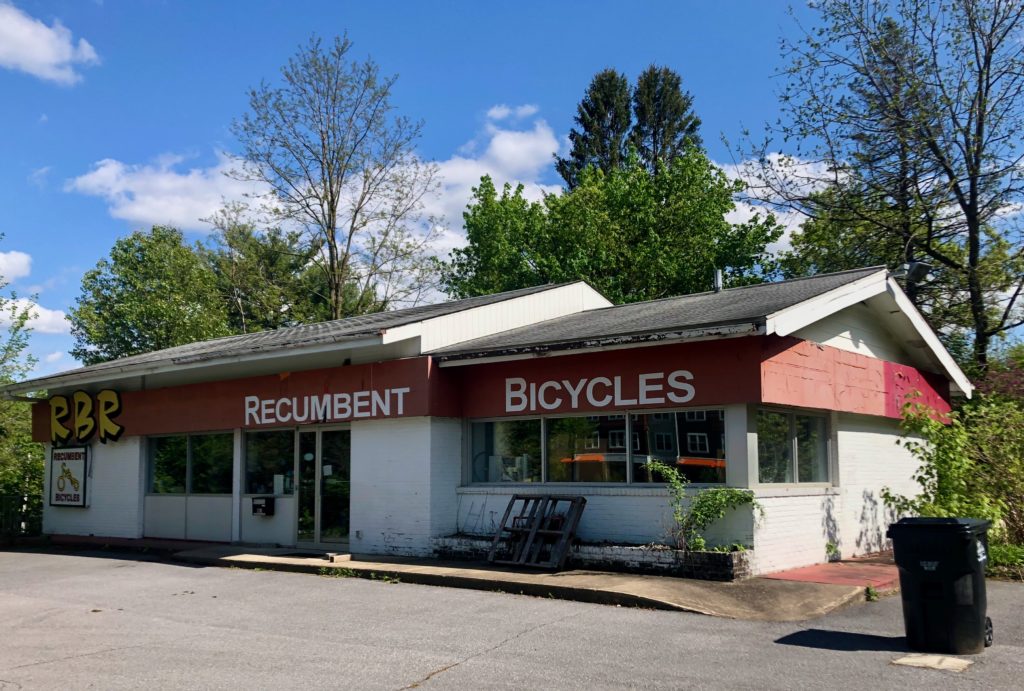
Progress Development Group sought to use a portion of Nittany Village Park to construct a new affordable housing apartment building. Photo by Geoff Rushton | StateCollege.com

Progress Development Group sought to use a portion of Nittany Village Park to construct a new affordable housing apartment building. Photo by Geoff Rushton | StateCollege.com
Faced with opposition from neighboring residents and others in the borough, a local developer has withdrawn a proposal to use a portion of a State College park to construct an affordable housing development.
In a letter addressed to Borough Council President Jesse Barlow on Wednesday, Progress Development Group Executive Vice President Ara Kervandjian said he was no longer requesting the borough donate part of Nittany Village Park for what was to be a four-story, 26-unit apartment complex.
PDG had proposed combining the property at 1306 S. Atherton St. with about 5,500 square feet of the park adjacent to the rear of the property to construct a 36,000-square-foot building known as Parkland Apartments.
Kervandjian cited the “considerable opposition from surrounding neighbors” in the decision to withdraw the proposal. Instead, he wrote, PDG will attempt to redevelop the former RBR Recumbent Bicycles property on South Atherton Street without adding the park space, resulting in a smaller building with fewer units.
“Although we are disappointed the Borough will benefit from significantly less affordable housing units, we look forward to working with the council to see the modified development plan come to fruition,” he wrote.

PDG proposed a long-term lease with the borough for the park. Kervandjian said the building would have used about 16% of the 34,000-square-foot park.
As part of the lease, PDG would have “enhance[d] the Nittany Village Park significantly,” Kervandjian said, with new play equipment, play areas and landscaping, all of which would be paid for and maintained by PDG.
Tusseyview neighborhood residents were made aware of the potential development by the borough last fall and as the proposal began to inch forward this spring, they and residents from other areas held a gathering in April to show support for keeping the park out of the development plans.
All agreed more affordable housing was necessary and the project worthwhile, but that it should not infringe on the green space of a neighborhood park.
On May 10, Kervandjian gave an overview of the proposal to council and explained that to qualify for federal low-income housing tax credits, the building would need to have sufficient size and units. Council members mostly seemed receptive to the project at the time.
During a lengthy June 7 public hearing, however, numerous residents urged the borough and developer to find a way to develop the building without using park land or to find a different location for it.
One resident noted that the land has been used as a park for about 80 years and was donated to the borough as a park in 1956. Pennsylvania law generally requires municipalities to maintain such deeded land for its original purpose. Others suggested that the borough was heading down a slippery slope if it decided to take away park land for building developments.
“No one is against affordable housing,” Tusseyview resident Jim Meyer said in April. “This borough needs affordable housing … more of it. What we are against is using the park for affordable housing. They need to be on equal footing. You can’t be destroying green space. This is a neighborhood park.”
Kervandjian’s letter did not indicate a timeline for new development plans.
Receive all the latest news and events right to your inbox.

80% of consumers turn to directories with reviews to find a local business.